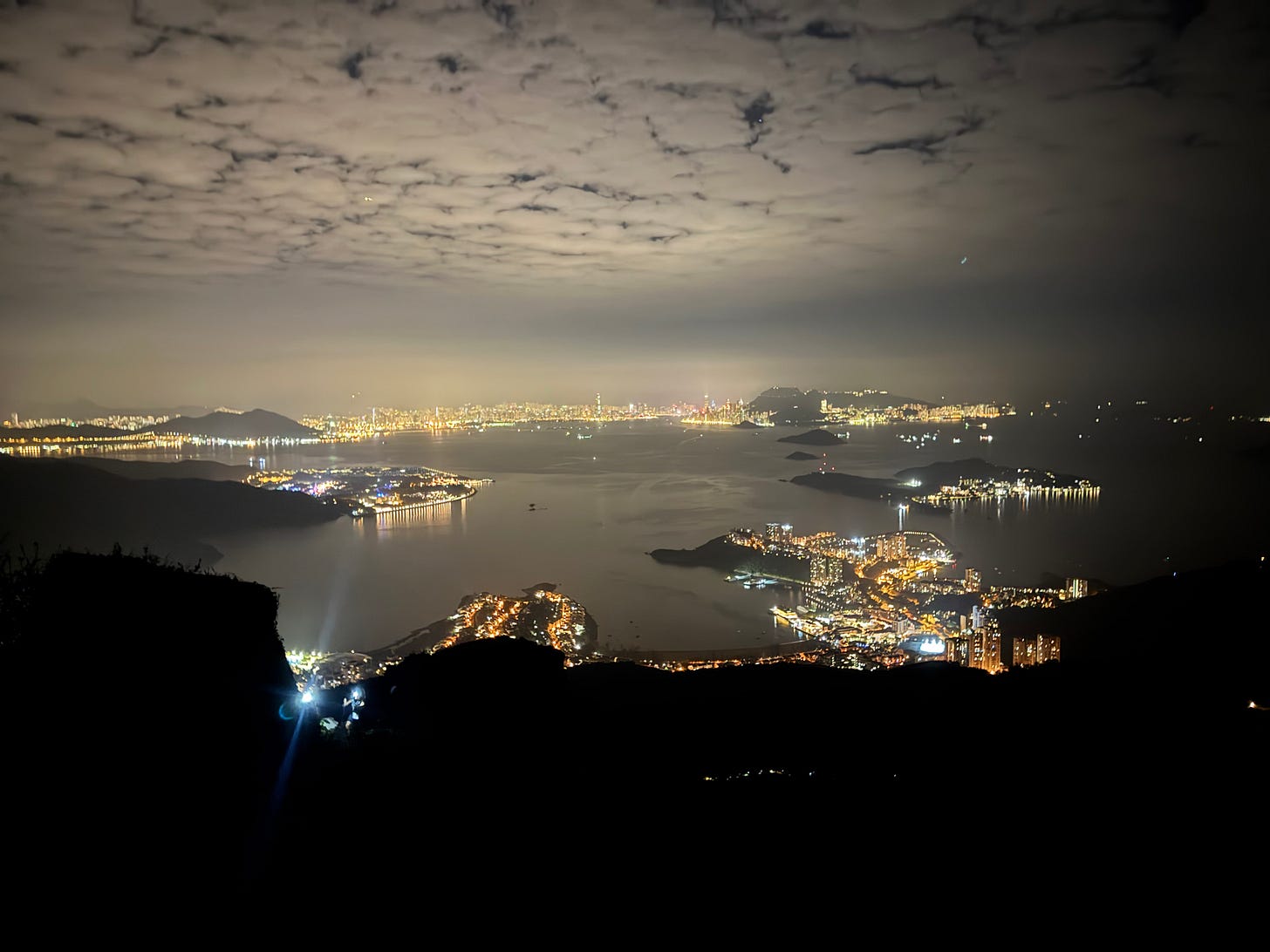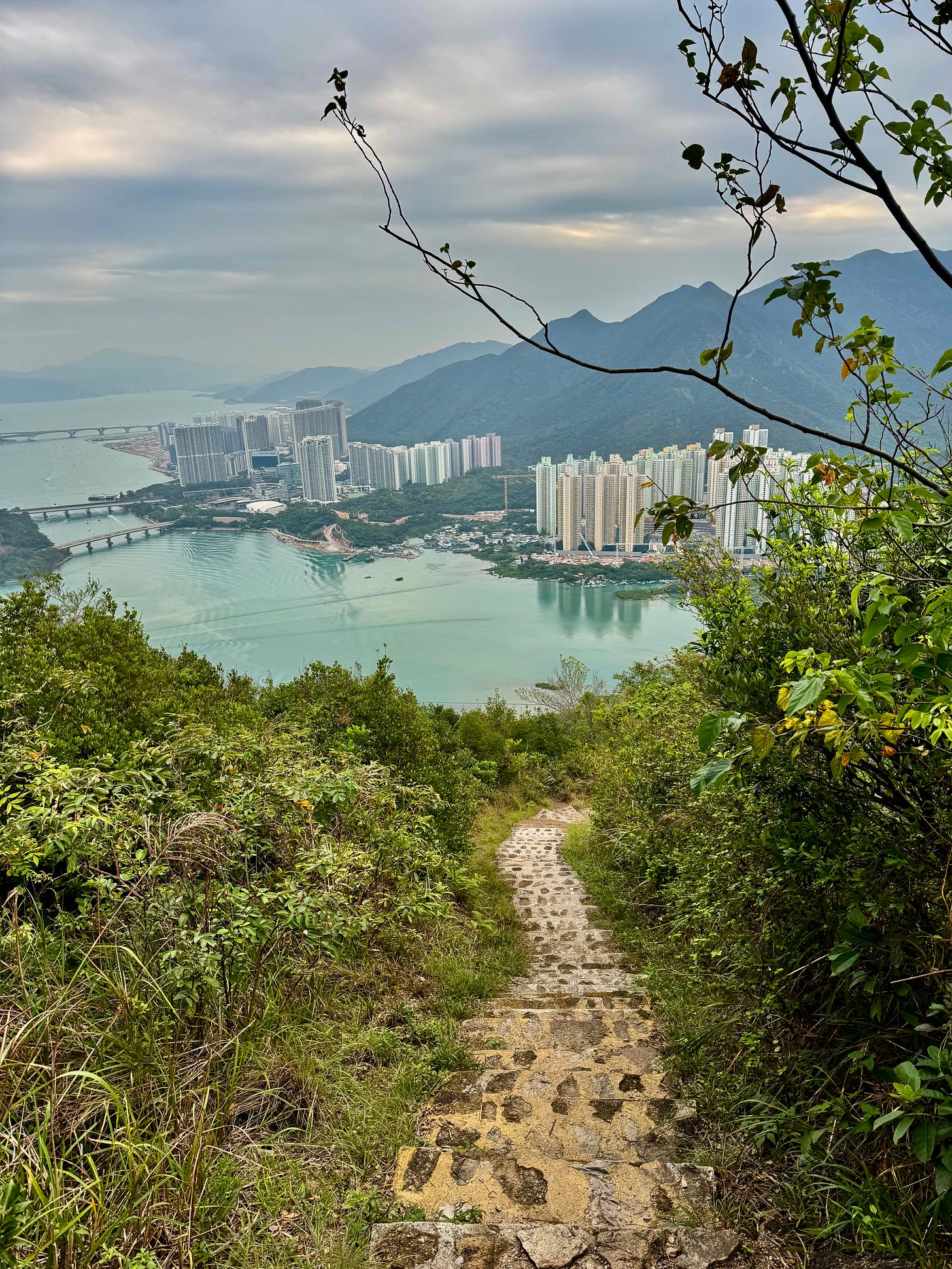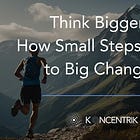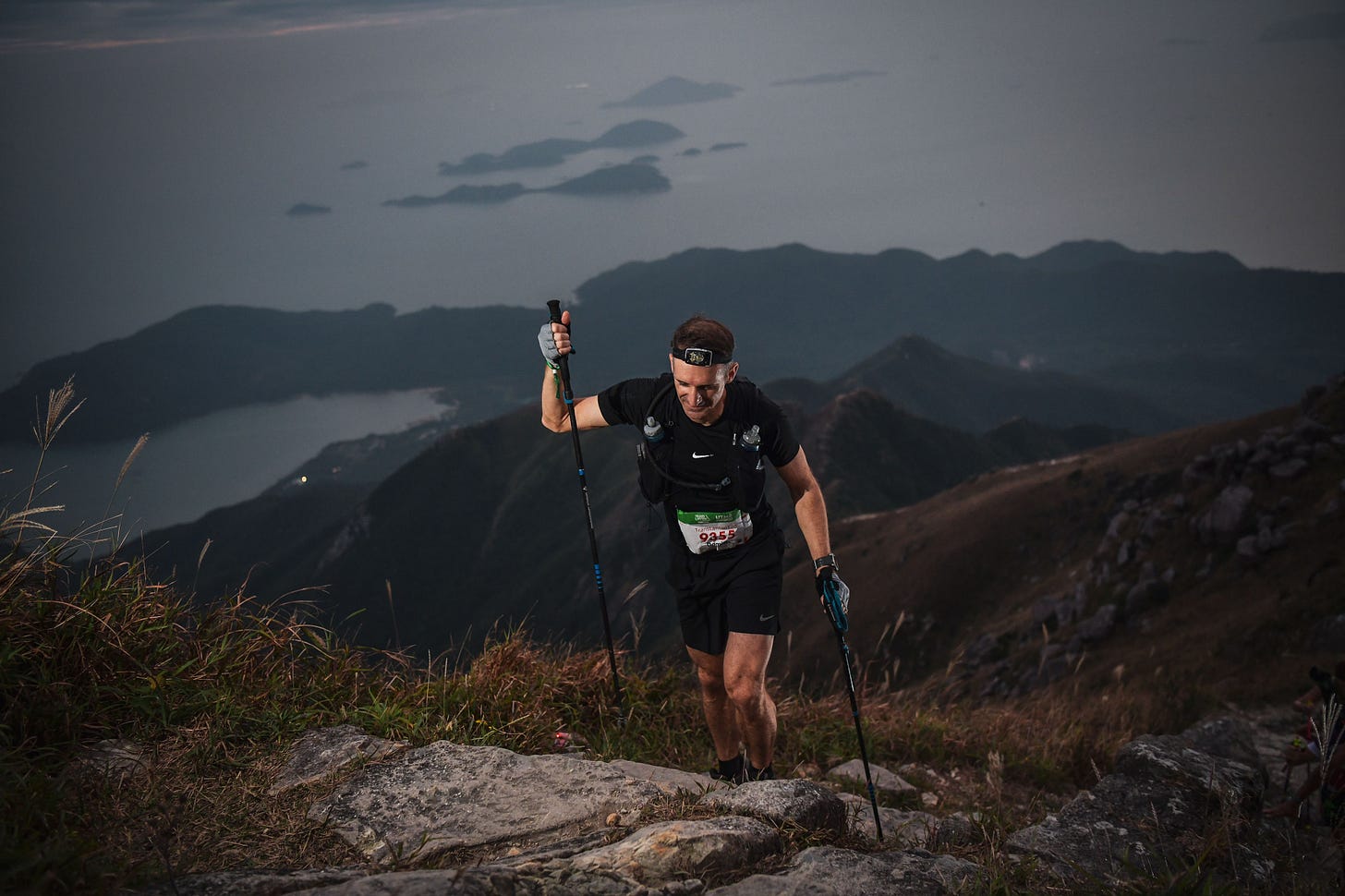The Battle of the Mind: 120km to Clarity
Testing what stays with you when everything else drops
I started KoncentriK to help business leaders and founders see things differently. Circles vs trees. Ripples vs ladders. A space where power is distributed, perspective is shared, and insight flows outward; sparking new ideas, bold action, and unexpected outcomes.
Ultra-running tests your mental strength in the face of adversity. This story is not a lesson, but the raw thoughts that crossed my mind as I moved through pain and exhaustion. Seeing things differently. With some new clarity.
Whether about life or business, I hope this can be helpful…
I often say: it’s your mind that carries your legs, not the other way around.
The Translantau 120km ultra-trail race in Hong Kong, with 5,600 meters of cumulative elevation, tested this like rarely before.
I’m still lightheaded and foggy, my legs stiff as iron rods, but I wanted to capture what was going through my head while I was out there.
These races have a way of exposing things you don’t see when life is moving quickly and comfortably: how you behave when the plan breaks, when systems fail, and when you can’t opt out.
It all starts very well… but at kilometer 15, after the first checkpoint, suddenly my stomach twists and turns. My feet start to feel like bricks. Each step feels like a punch to my quads. I stumble to keep my balance.
I check my watch and realized I have 101 km more to go: it feels impossible.
The thing is, you can always quit, but not on your own terms: when you’re stuck between two checkpoints, on a remote mountain path, you can cry, yell, threaten the skies and the universe, but nothing will help you. You’ve got to continue until the next stop to get assistance. So I push forward… and have to let 140+ runners pass me…
At this point, my body is in full revolt: maybe its way of reminding me I’m getting older, or of the laws of physics, or simply asserting its dominance over my mind. In the end, the body will prevail, no matter what my mind says.
In these moments, time feels elastic: as I keep pushing forward, the kilometers on my watch stubbornly barely move, as if I am running in place, frozen in time, despite my tremendous efforts to keep up.
My focus narrows as I dedicate all my mental space and physical energy to positioning my feet properly for the next step forward on the rocky path and counting the kilometers until the next checkpoint. It’s disconcerting how my body self-optimize for the goal I have set: I can’t think straight, my thoughts form none-sense infinite loops, my body keeps moving and that’s all what matters. One more step.
After more than 22 hours of running, darkness falls on the mountainside trail. I’m alone. No sound around. Just my own footsteps and breathing. An overwhelming urge to sleep overtakes me. My eyes shut down. I lose focus and stumble. I look downhill: 15 to 20 meters of rocks below. Even the fear of falling doesn’t give me enough adrenaline to stay awake. I need to pause. I lie down on the side of the trail on a large, flat-ish rock, set an alarm for 5 minutes, and fall asleep.
As fatigue grows, I focus on my feet: 152,000 steps over the total distance. That’s 152,000 chances not to fall. I watch my feet.
I pass other runners sitting on rocks or lying along the trail like I did. Their eyes have a glazed look. Like me, they’re in their own zone: undeniably present but somewhere else entirely, their minds and bodies battling to stay in the race.
Small gestures of kindness provide glimpses of comfort: each smile, message, clap, cheer, and moment of attention along the way from family, friends, and support staff. They help me push a bit further.
After the last checkpoint at kilometer 110, I leave too quickly and forget my poles. I turn back and run 1 km to retrieve them, adding more time and distance. It could have been worse: I heard about a runner who crossed the finish line, only to realize she’d skipped the last checkpoint. She had to go back 9 km and return again: 18 extra kilometers. Incredible resolve.
At the very end, once I realize I’m done, I exhale a long sigh of relief. I let go of the tension in my muscles, release the deep focus in my mind, and let warm tears flow down my cheeks.
People often ask why I do this. I don’t have a clean answer. What I know is that there’s a before and an after. A race like this is transformational. Something in me shifts.
When you spend 30+ hours on a mountainside with your body shutting down and your mind trying to hold things together, you see what stays with you when everything else drops.
That clarity, that thin line between quitting and continuing, is something I carry back with me long after the race is over.
I hope you can now see why…?
Now, I also realize that this ability to endure pain may not always be useful in life or business. Knowing when to stop, call it a day, and quit is equally important. Staying objective is hard. Shutting down a business is hard. But sometimes it’s the right thing to do, not persisting…
Thanks for reading!
Damien
I am a Senior Technology Advisor who works at the intersection of AI, business transformation, and geopolitics through RebootUp (consulting) and KoncentriK (publication): what I call Technopolitics. I help leaders turn emerging tech into business impact while navigating today’s strategic and systemic risks. Get in touch to know more damien.kopp@rebootup.com





